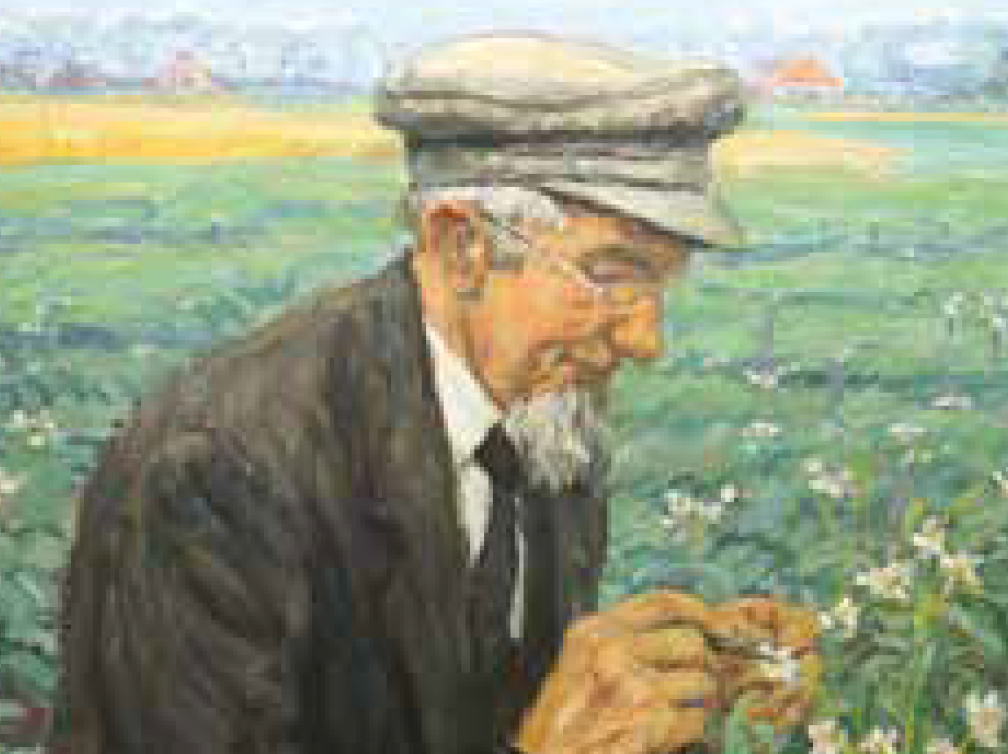Already a subscriber? Activate your premium account

Potato Breeding Book

Choices of different potato varieties were limited in the 18th century. However, the spread of potato leaf roll and late blight diseases accelerated breeding work because they could not be controlled by crop management or pesticides and fungicides. In search of a solution, research work turned to the development of resistant varieties.
At first, the breeders used plant material collected previously in their work to control leaf roll to develop varieties for local adaptation, but soon it was clear that a broader genetic framework was necessary. Therefore, breeders increasingly used plant material from Germany, Scotland and Russia. In addition, wild potato species and primitive varieties were imported from Central and South America, because of evidence of their resistance to several diseases. Breeders thus started to expand the possibilities for crossing instead of being restricted to selection from material used for improvement and local adaptation elsewhere. Mainly the more progressive potato breeders in the Netherlands developed this approach. Evidently this was successful, because many Dutch varieties were already established in Germany by the first half of the 19th century. In the second half of the 19th century, 38 different varieties were already being grown in the province of Gelderland.
Veenhuizen and De Vries, pioneers in potato breeding
Goal oriented research, targeted at making crosses in order to obtain combinations with desired traits, was developed at the end of the 19th century. Geert Veenhuizen was the first successful Dutch breeder who started crossing in 1888. The first List of Varieties for Agricultural Crops in 1924 recommended seven varieties of which four had been bred by Veenhuizen: Eigenheimer, Rode Star, Thorbecke and Bravo. Now, 120 years later, Eigenheimer and Rode Star are still being marketed. During the 1930s varieties bred by Veenhuizen occupied more than half of the potato area in the Netherlands. Mendel’s laws of inheritance were rediscovered in 1900. From then onwards, breeders aimed at making targeted crosses. Both Geert Veenhuizen and Kornelis Lieuwes de Vries set the example for many breeders and farmers in their time and encouraged as many growers as possible to start breeding work. Kornelis Lieuwes de Vries developed the well-known variety Bintje. In the sixties this variety contributed as much as 60 percent of the potatoes grown for consumption.

The Geert Veenhuizen Fund plate is an important award for breeders.
Events
©2015 - 2024 Potatoworld | Webdesign and realisation COMMPRO